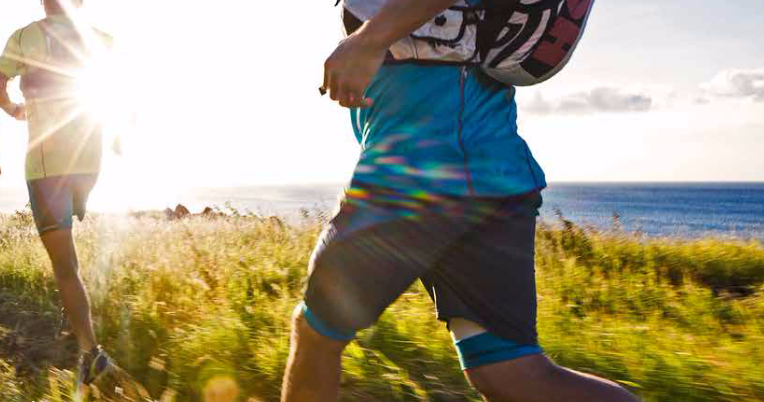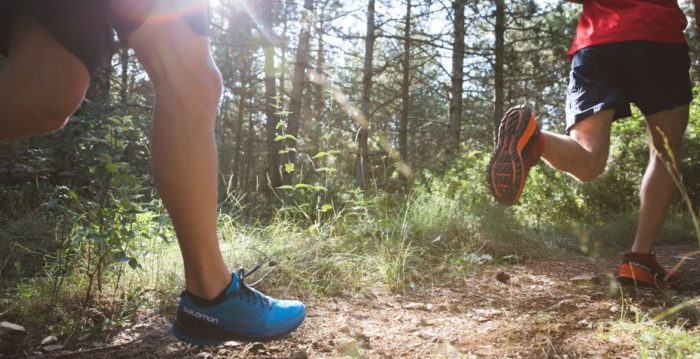Does running on soft surfaces decrease your risk for injuries?
Spoiler alert: the surface you run on has very little impact on your injury risk

It seems like common sense that running on hard surfaces like roads and sidewalks would increase your risk of developing an injury. For this reason, many runners over the years have been advised to seek out trails, grass and other soft surfaces to complete their weekly mileage. It may surprise you, then, that studies show the surface you run on doesn’t actually have a significant impact on whether or not you’ll get injured and in some cases, may actually make things worse.

RELATED: The easiest way to prevent a big injury
This 1992 review of running injuries concluded that among the many potential risk factors that lead to injuries, hard running surfaces were “significantly not associated” with an increased instance of aches and pains. A 2015 review also found there was limited evidence that running on a concrete surface contributed to the injury, and may even be protective against back and thigh injuries.
Why aren’t soft surfaces as protective as we thought?
The reason soft surfaces may not be the magic ticket to injury prevention you were hoping for is because of the way your body adapts to environmental changes. Consider this study, which explains that your body will naturally adjust the stiffness of your stance leg (the one that’s on the ground) to accommodate for the stiffness of the ground. When you switch from running on a hard surface to something softer, your stance leg will stiffen up, and you’ll naturally apply more force to the ground to balance out the less-stable surface.
All of this is done to ensure that your center of mass stays in the same position and that you can maintain the same center of mass movement (ground contact time and stride frequency), regardless of how stiff the ground is. Increasing leg stiffness and ground force accomplishes this well, but not without some cost, most notably in the Achilles tendon. This study determined that lower-body stiffness is associated with an increased instance of Achilles injuries, therefore running on soft surfaces might actually be worse for your Achilles.

RELATED: Study: lower stride rate associated with higher risk of bone stress injuries
What is the best surface to run on?
This, of course, doesn’t mean you should never run on soft surfaces (unless you’re nursing an Achilles injury). Every surface has its pros and cons, and you’re better off including a mix of concrete, grass, trails, asphalt and whatever other surfaces you have at your disposal because it’s more interesting and it really doesn’t matter that much. Most running injuries are not caused by the surface you’re running on, but because you ran too much too soon, didn’t recover properly or have some muscles weakness or imbalances that could be addressed by a trip to the physiotherapist and some strength training.


